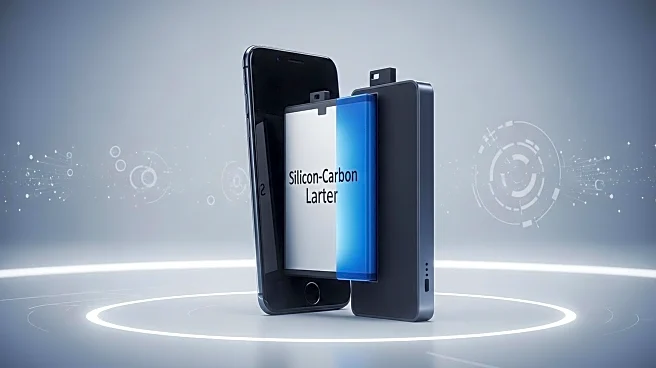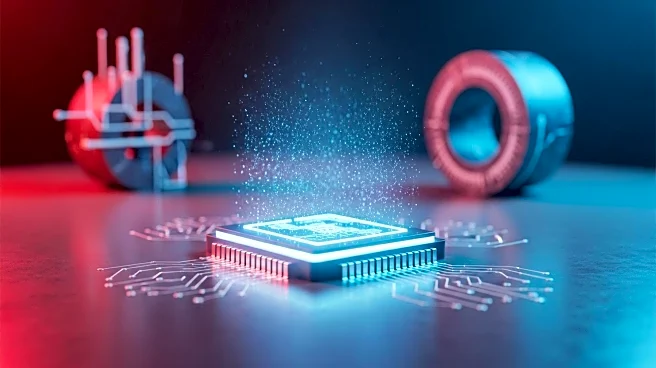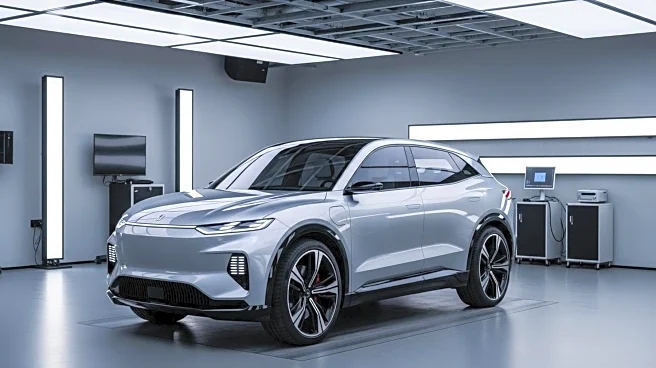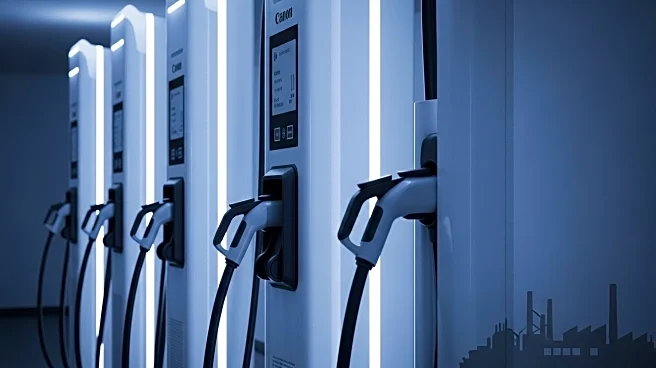What's Happening?
Silicon-carbon batteries are transforming smartphone design by allowing for larger battery capacities in smaller devices. Companies like Honor and Oppo have already integrated these batteries into their phones, offering significant power improvements. However, major U.S. players such as Apple, Samsung, and Google have yet to adopt this technology. Silicon-carbon batteries enhance energy density by replacing part of the graphite in the anode with silicon, but they face challenges with longevity due to expansion during charging cycles. Despite these challenges, the technology is gaining traction in other markets, including wearables and electric vehicles.
Why It's Important?
The adoption of silicon-carbon batteries represents a significant advancement in battery technology, offering the potential for longer-lasting and more powerful devices. This could lead to thinner smartphones with extended battery life, addressing a key consumer demand. However, the reluctance of major U.S. companies to adopt this technology could impact their competitiveness in the global market. As international manufacturers continue to innovate, U.S. companies may face pressure to integrate similar advancements to maintain market share and meet consumer expectations.
What's Next?
As silicon-carbon batteries continue to prove their viability, it is likely that more manufacturers will explore their integration into consumer electronics. U.S. companies may eventually adopt the technology once concerns about battery longevity and regulatory compliance are addressed. The ongoing development of silicon-carbon batteries could also lead to further innovations, potentially reducing the downsides associated with their use. This evolution in battery technology may also influence regulatory standards and shipping practices, as larger battery capacities become more common.











